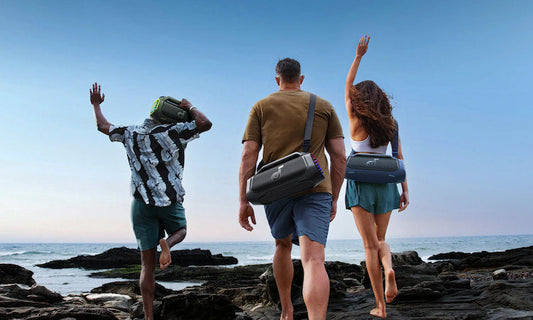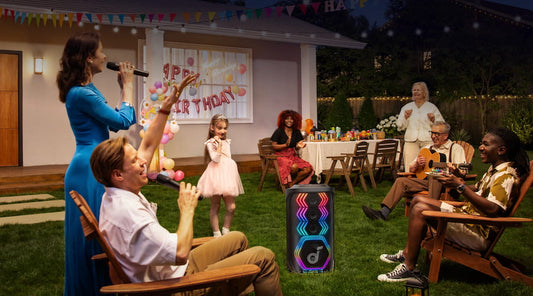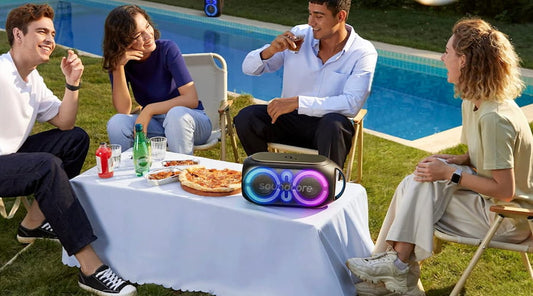Speakers Blog

How to Throw a Beach Party: Tips for Food, Fun&...
Nothing says summer fun quite like a beach party! Whether you’re celebrating a special occasion or just looking for an excuse to gather your favorite people, knowing how to throw...
How to Throw a Beach Party: Tips for Food, Fun&...
Nothing says summer fun quite like a beach party! Whether you’re celebrating a special occasion or just looking for an excuse to gather your favorite people, knowing how to throw...

How to Throw a Surprise Birthday Party:Tips for...
Planning a surprise birthday party is an exciting way to make someone feel extra special, but let’s be real—it takes some effort to pull off! From picking the right date,...
How to Throw a Surprise Birthday Party:Tips for...
Planning a surprise birthday party is an exciting way to make someone feel extra special, but let’s be real—it takes some effort to pull off! From picking the right date,...

How to Throw a Housewarming Party: Tips for a P...
Moving into a new home is a big deal, and what better way to celebrate than by inviting your friends and family over for a housewarming party? Whether you want...
How to Throw a Housewarming Party: Tips for a P...
Moving into a new home is a big deal, and what better way to celebrate than by inviting your friends and family over for a housewarming party? Whether you want...

How to Plan a Graduation Party: Step-by-Step Ti...
Graduation is a huge milestone, and what better way to celebrate than with an unforgettable party? Whether you’re planning for yourself, a friend, or a family member, pulling off the...
How to Plan a Graduation Party: Step-by-Step Ti...
Graduation is a huge milestone, and what better way to celebrate than with an unforgettable party? Whether you’re planning for yourself, a friend, or a family member, pulling off the...

How to Host a Pool Party: Pro Tips for an Epic ...
Picture this: the sun is shining, the water is sparkling, and you’re surrounded by friends, laughter, and great music. That’s the magic of a well-planned pool party! Whether you’re celebrating...
How to Host a Pool Party: Pro Tips for an Epic ...
Picture this: the sun is shining, the water is sparkling, and you’re surrounded by friends, laughter, and great music. That’s the magic of a well-planned pool party! Whether you’re celebrating...

How to Host a Karaoke Party: Ultimate Guide for...
Planning a karaoke night at home? Whether you’re celebrating a special occasion or just want a fun night with friends, knowing how to host a karaoke party the right way...
How to Host a Karaoke Party: Ultimate Guide for...
Planning a karaoke night at home? Whether you’re celebrating a special occasion or just want a fun night with friends, knowing how to host a karaoke party the right way...